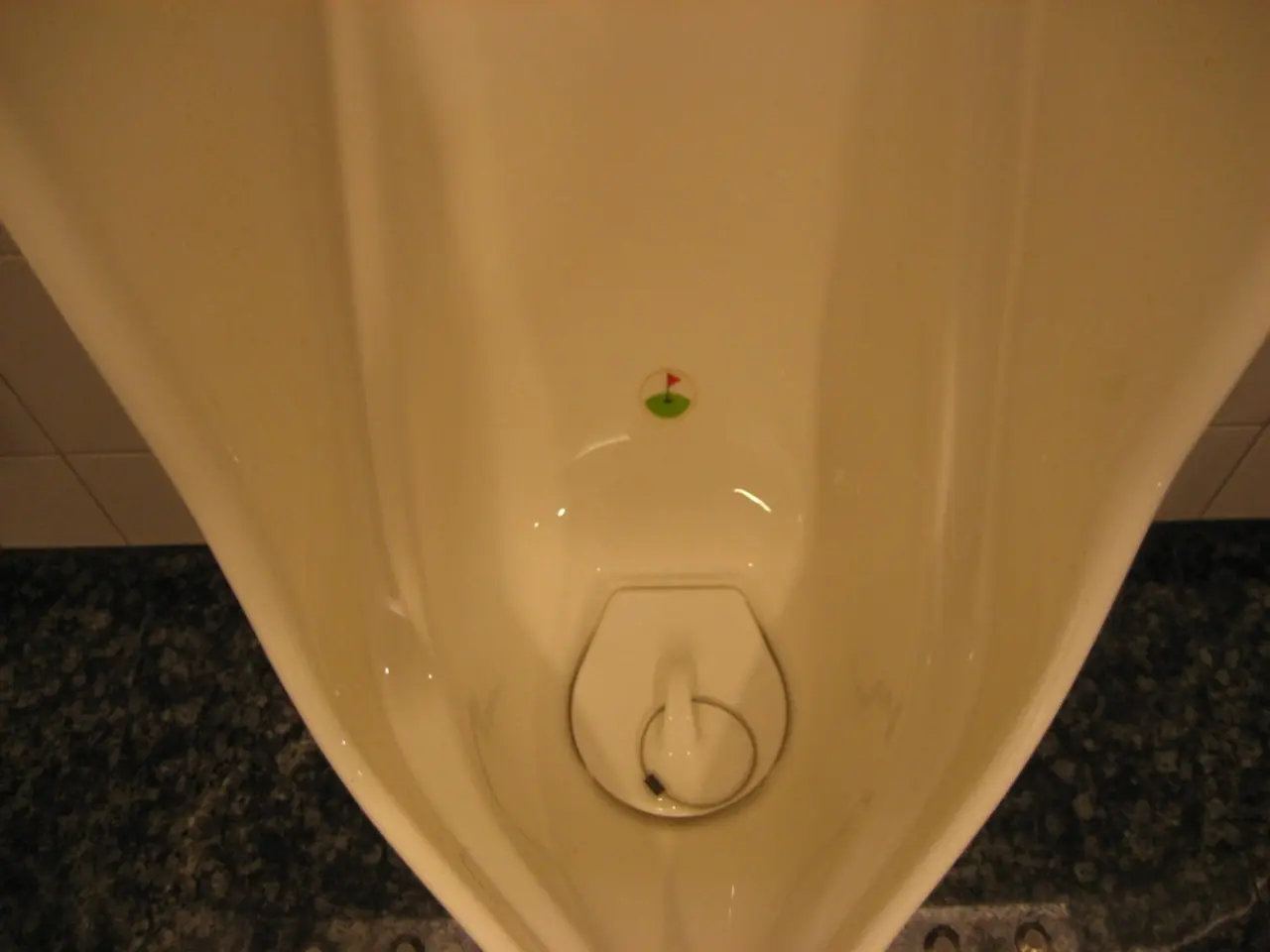Exploration of the Present and Emerging Impact of Surgical Procedures Performed through a Single Access Point using Robotic Technology
Single-Port Robotic Surgery Offers Enhanced Recovery Profiles
Single-port (SP) robotic surgical systems are revolutionizing the field of minimally invasive surgery, offering a host of benefits over traditional multi-port systems. The key difference lies in the number and size of incisions, surgical access, and potential patient benefits.
Single-port systems use a single small incision (usually under 3 cm) through which the surgeon operates all instruments via one robotic arm. This allows complex procedures through a single site, often resulting in less surgical trauma to the body. Multi-port systems, on the other hand, require multiple small incisions for placing different robotic arms separately, which can offer greater instrument triangulation and access but with multiple wounds.
Advantages of single-port robotic surgery include less post-operative pain and trauma, potential for reduced visible scarring, and suitability for patients with prior abdominal surgeries or significant scar tissue. The process of triangulating instruments in the SP system is different due to their branching out from a single trocar.
Single-port robotic surgery appears to deliver better outcomes or is particularly beneficial in certain scenarios. For instance, patients with previous abdominal surgeries or extensive scar tissue may benefit from fewer incisions and decreased wound-related complications. Surgeries requiring minimal invasiveness with cosmetic considerations also benefit due to the reduced number and size of incisions.
In certain procedures, such as simple prostatectomies, the SP robot has become the preferred mode of intervention using the transvesical route. The SP system's single entry point has potential benefits for patients, including reduced scarring, less pain, less need for narcotics post-surgery, quicker discharge, and faster recovery.
While multi-port systems remain standard and offer excellent surgical triangulation, single-port robotic surgery can offer enhanced recovery profiles, decreased trauma, and better suitability for patients with previous surgeries or specific anatomical considerations. The overall difference in clinical outcomes tends to be small, so surgeon experience and patient-specific factors often guide the choice.
Training models are being developed to facilitate the adoption of the SP robotic system by surgeons. It may be advisable for less experienced surgeons to master the multi-port system before moving on to SP. The SP robotic surgical system is used for a variety of procedures, including pyeloplasty, nephrectomies, prostatectomies, cystectomies, and urinary tract reconstruction, and its applications are being explored in other procedures.
For high-volume surgical centers, the SP robotic system is worth considering as a promising technology to have in their surgical armamentarium. As technology continues to evolve, the use case for SP robotic surgery is constantly expanding, with potential applications in ear, nose, and throat procedures, not just urology.
Science and technology are paving the way for advancements in medical conditions, as single-port robotic surgery, a promising innovation in the field of health-and-wellness, shows great potential in improving recovery profiles. For instance, single-port robotic surgery can offer less post-operative pain and trauma, making it particularly beneficial for patients with previous surgeries or extensive scar tissue, as well as those seeking minimal invasiveness with cosmetic considerations.




